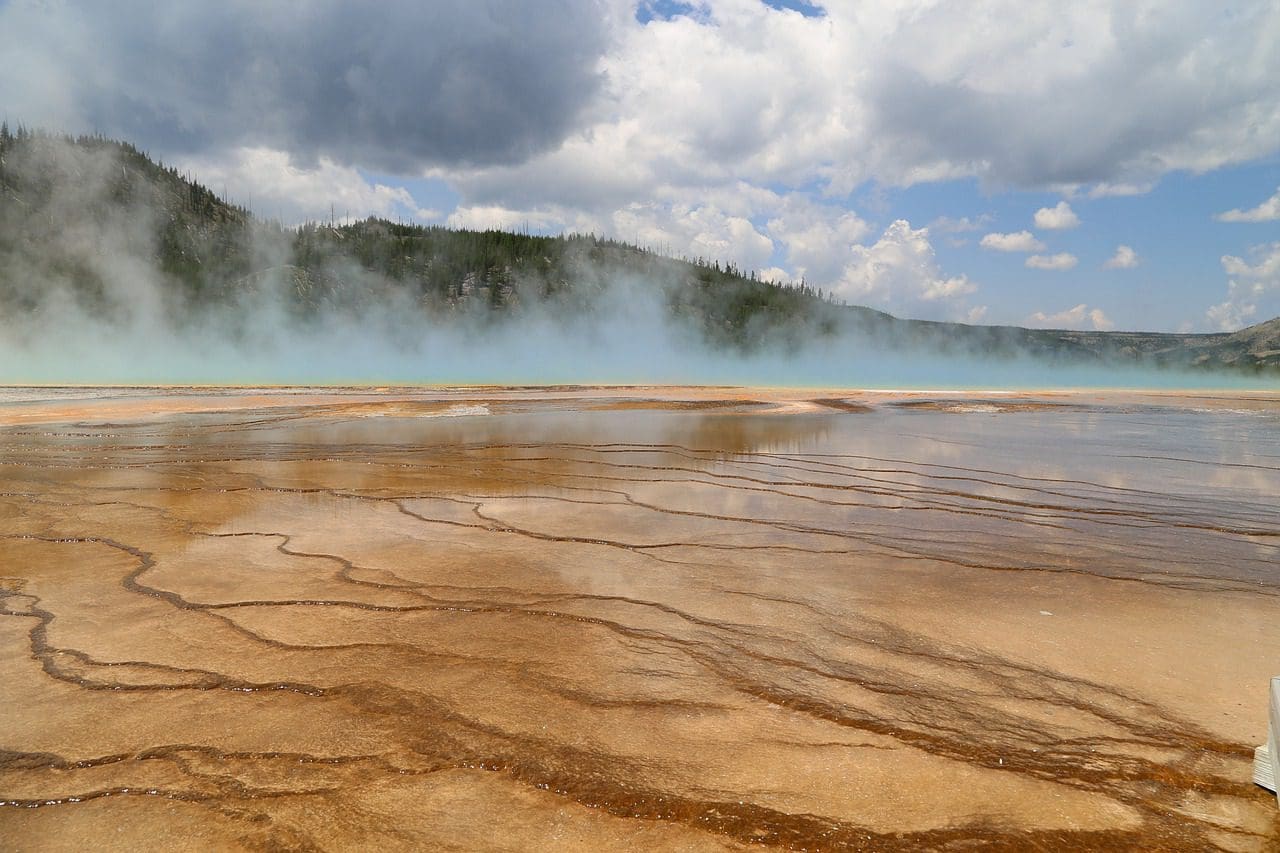The terms ‘vaporization’ and ‘evaporation’ are quite confusing, and it might be difficult for you to differentiate between them.
In both processes, there is a change in states of matter from liquid or solid to gaseous.
When water boils and gets converted into vapours, what is the process called? Is it called evaporation, or is it called vaporization?
When water from an ocean, a sea, a lake, a pond, or any water body converts into gaseous form, is it vaporization or evaporation?
Key Takeaways
- Vaporization is when a liquid changes its phase to become a gas at a specific temperature and pressure. Evaporation is a type of vaporization that occurs at any temperature below a liquid’s boiling point, resulting in vapour formation.
- Vaporization requires a lot of energy to be supplied to the liquid to overcome its intermolecular forces. On the other hand, evaporation occurs due to the random movement of molecules in a liquid and does not require a lot of energy.
- Vaporization is used in many industrial processes, such as distillation, where liquids are separated based on their different boiling points. Evaporation is commonly observed in everyday life, such as the drying of clothes in the sun or the cooling effect of sweat on the skin.
Vaporization vs Evaporation
The difference between vaporization and evaporation is that vaporization is a broader term: the change of a solid or a liquid into a gaseous state. In contrast, evaporation is the change of a liquid into its gaseous form. Also, vaporization occurs in the whole mass of the substance, while evaporation occurs on the surface of the liquid.

Comparison Table
| Parameters of Comparison | Vaporization | Evaporation |
|---|---|---|
| Definition | Vaporization is the phenomenon of the change of a solid or a liquid into vapours at a fixed temperature and a fixed pressure. | Evaporation is the change of a liquid into vapours at any temperature below its boiling point. |
| Speed | Vaporization is a fast and vigorous process. | Evaporation is a slow and silent process. |
| Temperature change | The temperature during vaporization remains constant. | The temperature during evaporation might change. Evaporation can occur at any temperature below the boiling point of the liquid. |
| Factors affecting | The process of vaporization doesn’t depend on external factors. | Evaporation depends on surface area, temperature, humidity, and wind speed. |
| Nature | It is a bulk phenomenon that means the process of vaporization takes place over the entire mass of the liquid. | It is a surface phenomenon, meaning it occurs only on the surface of the liquid. |
What is Vaporization?
Vaporization is a fast and vigorous process in which a solid or a liquid is converted into its gaseous form at constant temperature and pressure.
Unlike evaporation, vaporization is a bulk process in which the whole mass of the liquid changes into vapours.
Vaporization, in a literal sense, means the formation of vapours. People refer to boiling as vaporization, but vaporization includes 3 terms:
- Boiling
When a liquid is heated to its boiling point, it converts into gas with the formation of bubbles, which is called boiling. At this point, the vapour pressure equals the surrounding pressure.
- Sublimation
It directly converts a solid into gas on heating without converting it into liquid.
- Evaporation
It is the process of conversion of liquid into a gas at any temperature below the boiling point of the liquid.
Examples of vaporization are:
- Boiling of water on a gas stove.
- Cooling of hot tea or coffee.

What is Evaporation?
Evaporation is a slow and gradual process. An example of evaporation is converting the water from the seas, oceans, lakes, etc., into gas.
When sun rays fall on the surface of these water bodies, the water molecules get excited, and when they gain enough energy, they escape in the form of gas.
Evaporation is affected by the following factors:
- Temperature
The more the temperature, the more evaporation. Thus, the rate of evaporation is directly proportional to the temperature.
- Humidity
The rate of evaporation is inversely proportional to humidity. As you would have observed, on a humid day (when the surrounding is full of moisture), our clothes take much longer to dry up compared to normal days.
The air is laden with moisture, and due to this humidity, the evaporation rate is slow.
- Wind speed
The rate of evaporation is directly proportional to wind speed. So on a windy day, evaporation would be more.
- Surface area
More water would be evaporated from a larger surface area since the evaporation rate is directly proportional to the surface area.
Examples of evaporation are as follows:
- Perspiration
Evaporation, just like transpiration, leaves a cooling effect. Our body perspires to maintain the body temperature by keeping it cool in hot temperatures.
- Drying of wet clothes.

Main Differences Between Vaporization and Evaporation
- Vaporization is converting a solid or liquid into a gaseous form, while evaporation is the change of a liquid into a gaseous form.
- Bubbles are formed in vaporization, while in evaporation, bubbles aren’t formed.
- External factors do not affect the vaporisation process, while evaporation is affected by external factors.
- Vaporization is a bulk phenomenon, while evaporation is a surface phenomenon.
- Vaporization is a fast and violent process, while evaporation is a slow process.
- Vaporization occurs at a constant temperature and pressure, while evaporation can occur at any temperature.




